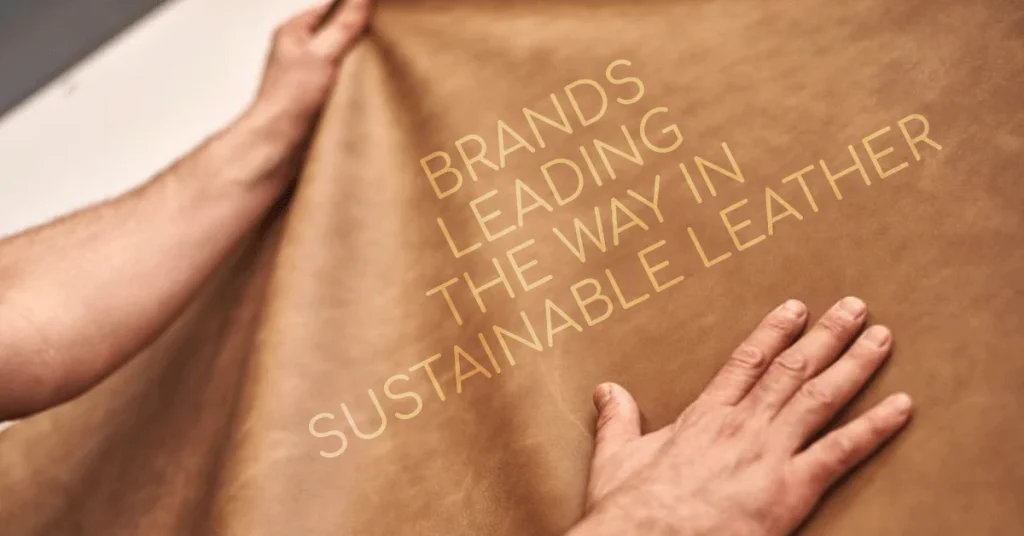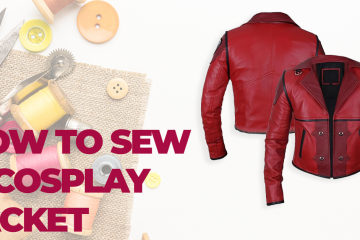The fashion industry is increasingly recognizing the importance of sustainability, and leather jackets are no exception. As consumers become more environmentally conscious, the demand for eco-friendly leather jackets has grown. This guide will explore what makes leather sustainable and how to identify eco-friendly leather jackets.
What is Sustainable Leather?
Sustainable leather refers to leather that is produced in an environmentally responsible manner, minimizing harm to the environment and promoting ethical practices. Here are some key aspects that contribute to sustainable leather:
- Ethical Sourcing: Sustainable leather comes from sources that prioritize animal welfare. This includes ensuring that animals are raised in humane conditions and that their byproducts are utilized responsibly.
- Eco-Friendly Tanning Processes: Traditional leather tanning processes use harmful chemicals like chromium, which can pollute water sources and harm ecosystems. Sustainable leather employs alternative tanning methods such as vegetable tanning, which uses natural tannins derived from plants.
- Reduced Carbon Footprint: Sustainable leather production aims to minimize carbon emissions through energy-efficient processes and the use of renewable energy sources.
- Waste Reduction: By-products from leather production, such as scraps and shavings, are often repurposed or recycled in sustainable leather manufacturing, reducing overall waste.
Benefits of Sustainable Leather Jackets
Choosing a sustainable leather jacket has several advantages:
- Environmental Impact: Sustainable leather production reduces pollution, conserves water, and minimizes waste, contributing to a healthier planet.
- Ethical Considerations: Consumers can feel good about purchasing products that support animal welfare and ethical practices.
- Durability and Longevity: High-quality sustainable leather jackets are built to last, reducing the need for frequent replacements and lowering overall consumption.
- Unique Aesthetics: Sustainable leather often features unique textures and colors due to natural tanning processes, offering a distinct look.
How to Identify Eco-Friendly Leather Jackets
When shopping for eco-friendly leather jackets, look for the following indicators:
- Certified Labels: Certifications such as the Leather Working Group (LWG) certification or the Global Organic Textile Standard (GOTS) indicate that the leather meets specific environmental and ethical standards.
- Transparency: Brands committed to sustainability are transparent about their sourcing and production methods. Look for detailed information on their websites or product tags.
- Vegetable-Tanned Leather: Vegetable tanning is a more eco-friendly process that uses natural tannins from plants. Jackets made from vegetable-tanned leather are often marketed as such.
- Upcycled or Recycled Leather: Some brands use upcycled or recycled leather, repurposing waste materials into new products. This practice reduces the demand for new raw materials and lowers environmental impact.
- Organic and Biodegradable Options: Some innovative brands are developing leather alternatives made from organic materials or biodegradable substances, further reducing environmental impact.
Brands Leading the Way in Sustainable Leather

Several brands are at the forefront of producing sustainable leather jackets. Here are a few to consider:
- Stella McCartney: Known for its commitment to sustainability, Stella McCartney offers a range of eco-friendly leather alternatives.
- Ecopel: This brand focuses on creating high-quality leather from recycled and upcycled materials.
- VEERAH: VEERAH produces luxury leather jackets using plant-based materials, such as apple leather, which is made from apple waste.
Sustainable Leather and Fashion Trends
Sustainable leather is not just an ethical choice; it’s also becoming a fashion statement. Here are some current trends in sustainable leather jackets:
- Minimalist Designs: Clean lines and simple designs are popular, reflecting a move towards timeless, versatile pieces.
- Vintage and Retro Styles: Upcycled and recycled leather jackets often have a vintage appeal, offering unique character and style.
- Custom and Handcrafted Pieces: Many sustainable brands focus on craftsmanship, offering custom or handcrafted jackets that ensure quality and durability.
Conclusion
Sustainable leather jackets represent a significant step forward in the fashion industry’s move towards environmental responsibility. By understanding what makes leather sustainable and knowing how to identify eco-friendly options, consumers can make informed choices that support both style and sustainability. Whether you’re looking for a classic biker jacket or a trendy bomber, there are plenty of eco-friendly options available that allow you to look good while doing good for the planet.






